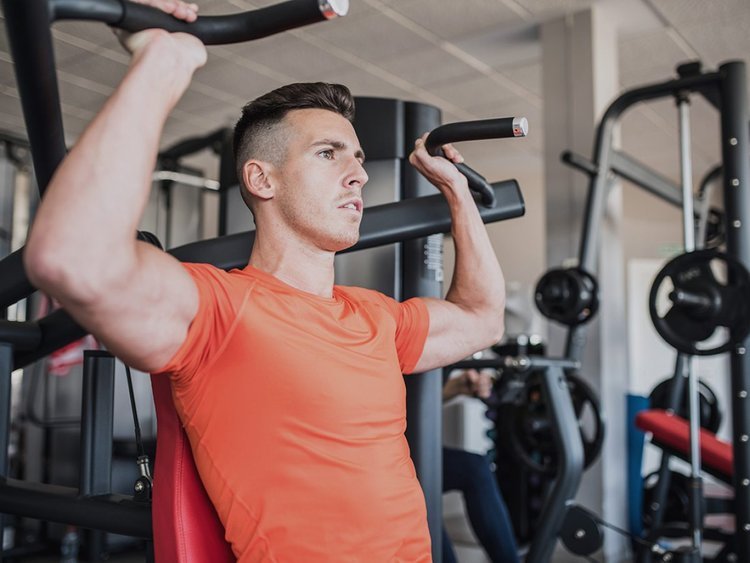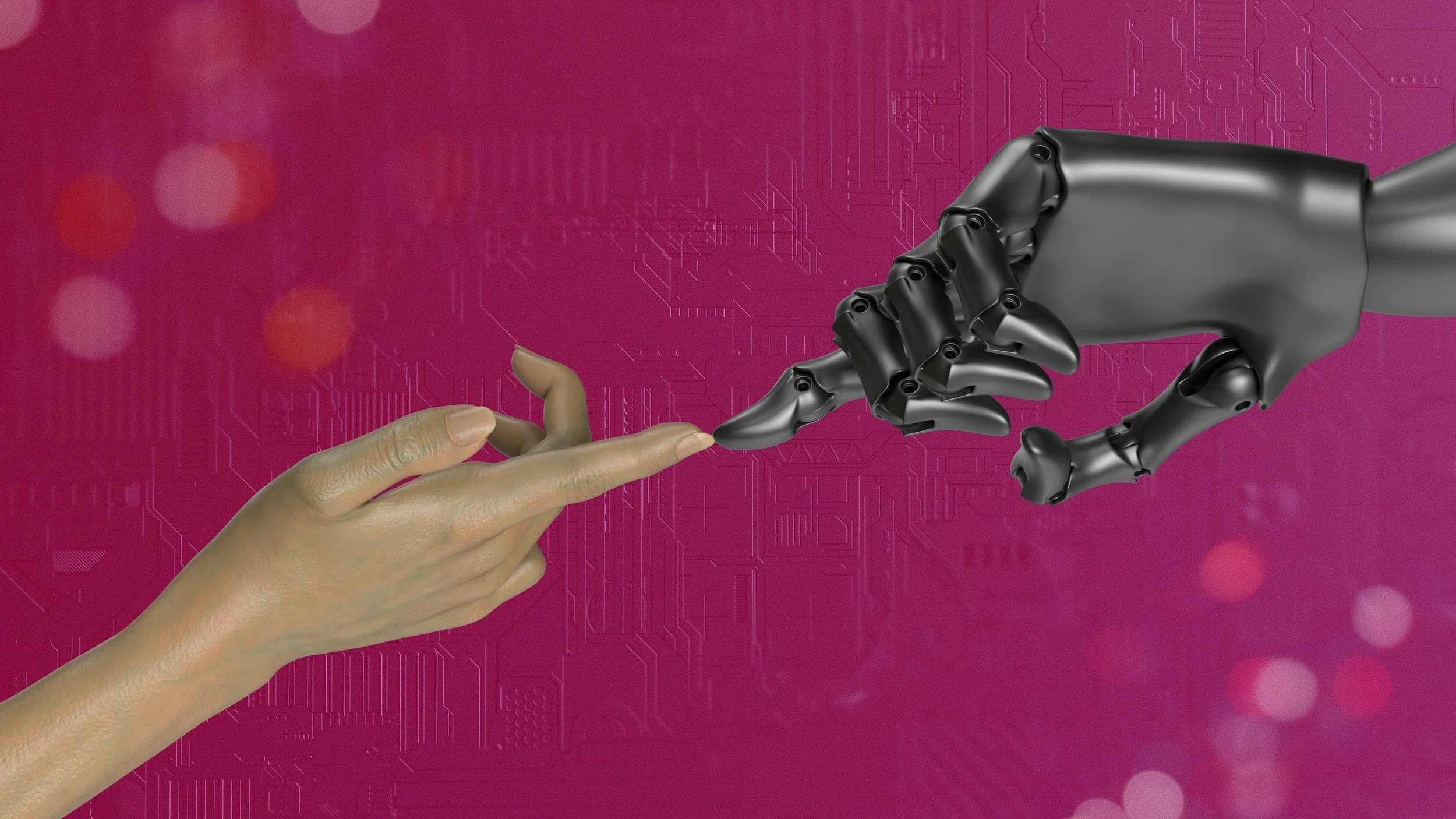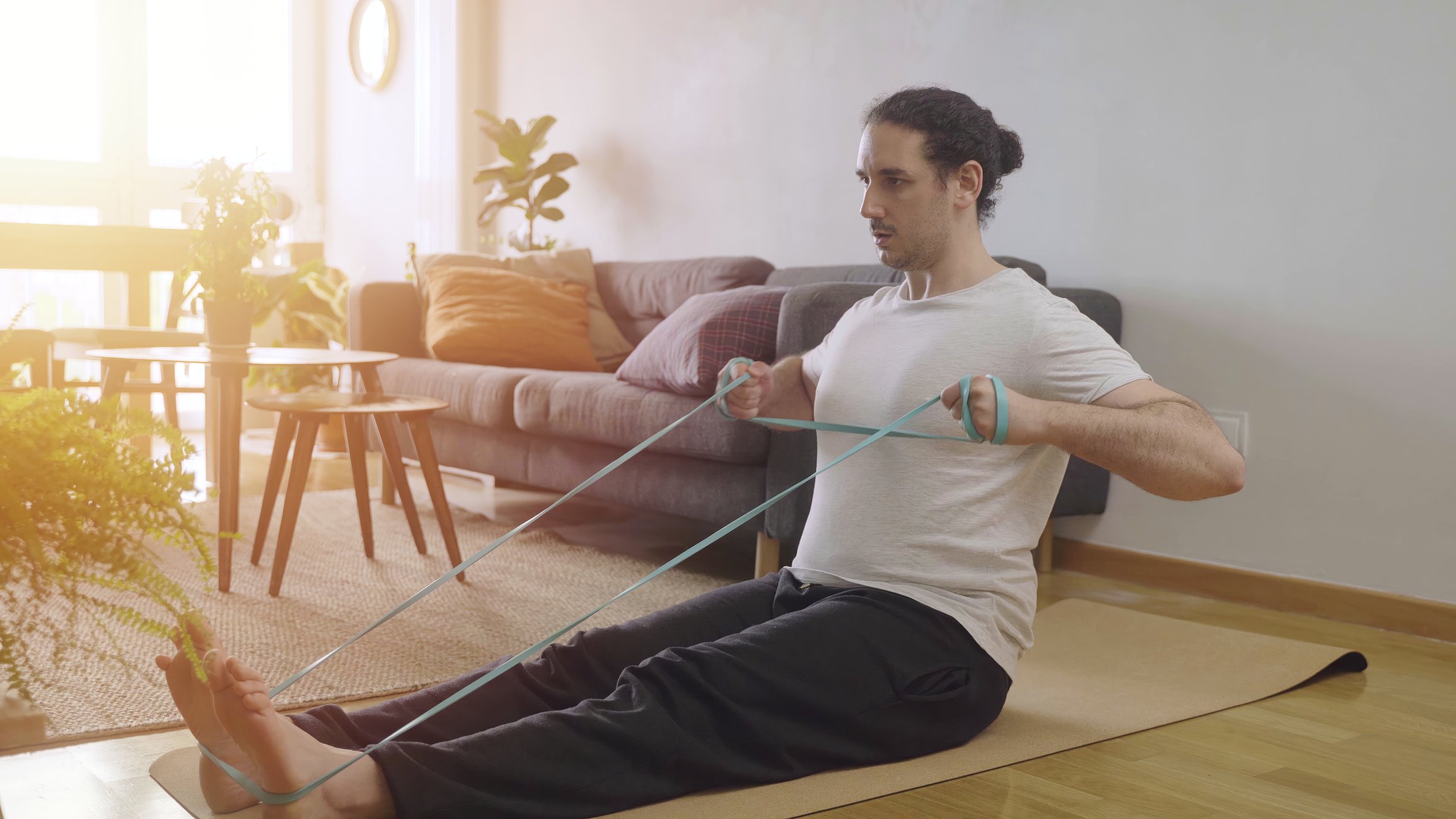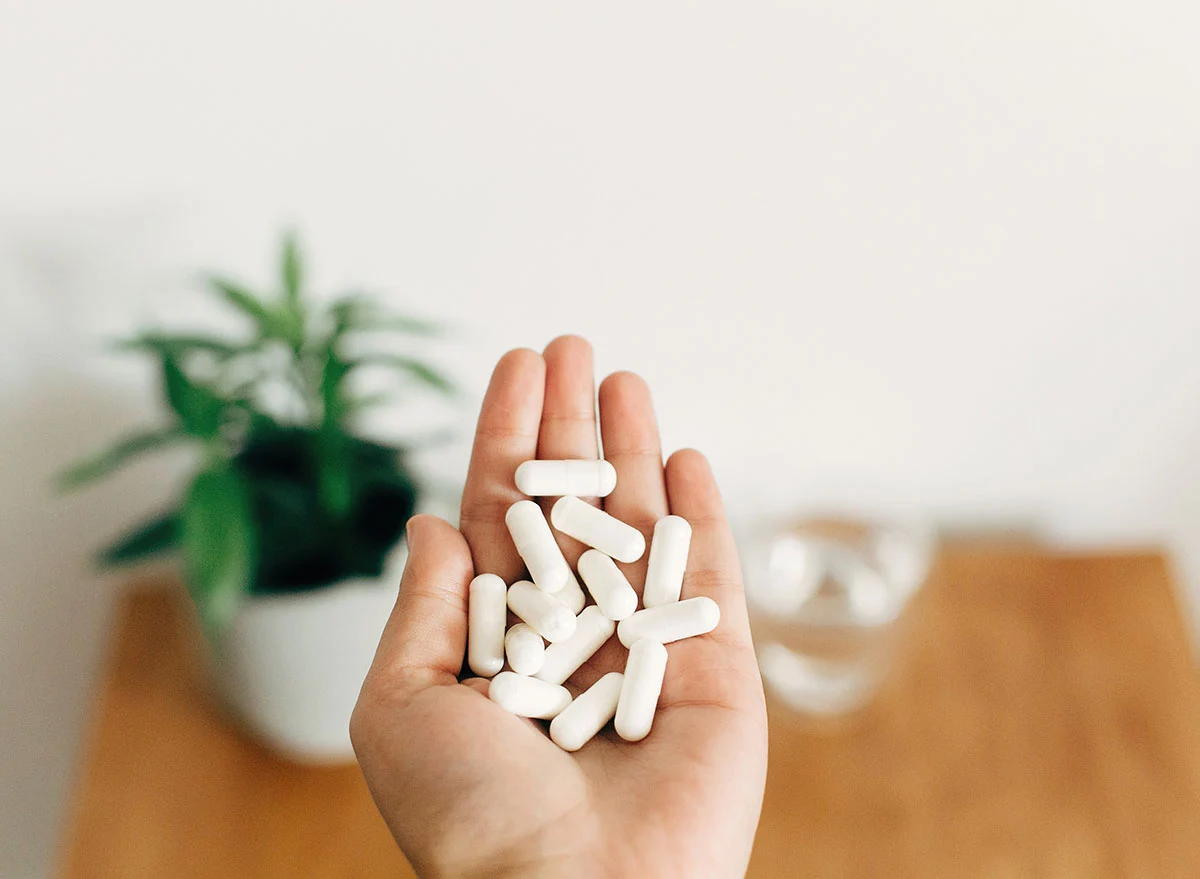Tendons: Lovers or Haters of Load?
Tendinopathy - whether it is our Achilles, patellar tendon, or rotator cuff - often occurs after a period of doing an activity at a level we are not accustomed to. For example, you might decide to sign up for a half marathon in a few months, so you start training – even though you haven’t gone for much of a run in a long time. Or, volleyball season just started up, and you jump right into the season opener weekend tournament. Or, you start a new job that involves a lot of repetitive motions of the wrist or arm over the course of your day. What all of these examples have in common is that they are a new level of load on your tendon that it is not currently accustomed to.
You see, tendons are very particular about what they want. In order to have a healthy tendon, it needs a certain level of load on a relatively regular basis. Without load, tendons become weaker and less tolerant of activity. On the other hand, with too much load that it is not accustomed to, the tendon can sometimes react negatively and can cause you nagging pain that sticks around for much longer than you would like it to.
You can think of a tendon’s tolerance as a threshold at a specific level of exercise/load/repetitive movement. This threshold is different for everyone, based on many factors such as usual activity level, genetics, nutrition, stress, etc., and can be surpassed when one of these factors or a combination of them is simply too much for the tendon to handle.
With gradual exposure, appropriate load management, and the help of your physiotherapist, you can build up the tolerance threshold of your tendon. This takes time and patience, but it is ultimately what tendons need to heal when they are aggravated. Many people will choose to rest their tendon when it hurts and avoid activities or exercise as they believe this will fix the problem. Unfortunately, all this does is make the tendon more sensitive in the long term, and less capable of handling load! With this approach, a tendon can often not properly heal.
This can be a difficult concept to grasp: if exercise/activity is what caused my tendinopathy, how on earth is it going to help it?! The devil is in the details here - even though load is what got your tendon into this issue in the first place, it is also what will be its saving grace. Tendons are meant to withstand loads and absorb different forces; it is arguably their most important function in our bodies.
Because of this, the tendon cells actually need to be mechanically loaded at the appropriate intensity in order to adapt and recover.
Key Take-Aways
Tendons need an appropriate and gradual loading program in order to recover.
Prolonged rest is not the best option for a tendon.
Passive treatments may temporarily help your pain, but they can sometimes be worse for your tendon in the long term.
PHYSIO CAN HELP! Walking the line between too much and too little load for your tendon can be difficult to navigate – this is what we are here for!
Matthew Lacasse, Physiotherapist
Lipman, K., Wang, C., Ting, K., Soo, C., & Zheng, Z. (2018). Tendinopathy: injury, repair, and current exploration. Retrieved from https://www.ncbi.nlm.nih.gov/pmc/articles/PMC5865563/.
Rio, E., Kidgell, D., Moseley, G. L., Gaida, J., Docking, S., Purdam, C., & Cook, J. (2015). Tendon neuroplastic training: changing the way we think about tendon rehabilitation: a narrative review. British Journal of Sports Medicine, 50(4), 209–215. doi: 10.1136/bjsports-2015-095215
Cook, J. L., Rio, E., Purdam, C. R., & Docking, S. I. (2016). Revisiting the continuum model of tendon pathology: what is its merit in clinical practice and research? British Journal of Sports Medicine, 50(19), 1187–1191. doi: 10.1136/bjsports-2015-095422
Cook, J. L., Docking, S.I. Rehabilitation will increase the ‘capacity’ of your …insert musculoskeletal tissue here….” Defining ‘tissue capacity’: a core concept for clinicians, (2015). Retrieved from https://research.monash.edu/en/publications/rehabilitation-will-increase-the-capacity-of-your-insert-musculos.
Gelber, J. D. (2016). CORR Insights®: Corticosteroid Injections Give Small and Transient Pain Relief in Rotator Cuff Tendinosis: A Meta-analysis. Clinical Orthopaedics and Related Research®, 475(1), 244–246. doi: 10.1007/s11999-016-5044-4
Dean, B. J. F., Lostis, E., Oakley, T., Rombach, I., Morrey, M. E., & Carr, A. J. (2014, February). The risks and benefits of glucocorticoid treatment for tendinopathy: a systematic review of the effects of local glucocorticoid on tendon. Retrieved from https://www.ncbi.nlm.nih.gov/pubmed/24074644.






































